Best Firewood for Wood Stoves 2024
- October 5, 2023
- 0 comment
There’s nothing quite like the comfort of a warm fire on a cold day. But the secret behind that perfect, cozy flame? It’s all in the wood you choose. Picking the right firewood can make your fire burn brighter, last longer, and even help your wood stove live a longer life. Less fuss, more warmth, and fewer clean-ups – it’s a win-win! In this guide, we’ll uncover the top firewood choices for 2024, ensuring you’re set for those chilly moments. So, get ready to dive deep and find the best fuel for your fireside moments!
1. Hardwoods: The Gold Standard
Hardwoods originate from deciduous trees, a category of trees that annually shed their leaves during the fall season. Anatomically, the cells in hardwoods are compactly arranged, resulting in a dense wood structure. This inherent density contributes to their ability to produce and retain heat efficiently.
Oak
As a recognized heavyweight in firewood, oak’s dense grain structure not only grants it an impressive average BTU output of around 24 million BTU per cord but also ensures it burns for a commendable duration. When properly seasoned for at least a year, an oak log in an efficient wood stove can radiate consistent warmth for approximately 4-6 hours. This enduring burn, combined with its high heat output, makes oak a favored choice for those seeking warmth throughout long, chilly nights.
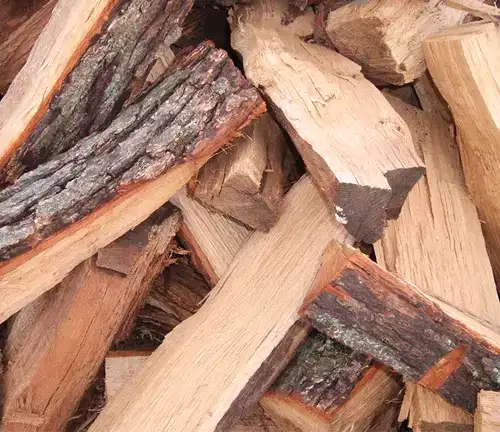
Maple (Sugar and Red)
Both sugar and red maple varieties are held in high regard for their consistent and reliable burning characteristics. Boasting an average BTU output of 18-22 million BTU per cord, these maples provide a substantial warmth that can last for about 3-5 hours when burned in a wood stove. Not only do they offer a comfortable and prolonged heating experience, but their reduced creosote production ensures a cleaner burn, making chimney upkeep simpler and safer.
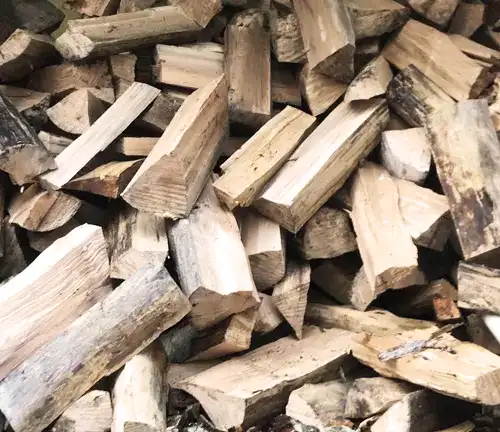
Hickory
Renowned as the king of firewood, hickory stands out with its extraordinary BTU output of about 25-28 million BTU per cord. A seasoned hickory log in a wood stove not only burns with intense heat but can also sustain that warmth for approximately 4-6 hours. Beyond its heating prowess, hickory’s signature smoky aroma elevates the ambiance of any space, making every fireplace experience both warm and aromatic.
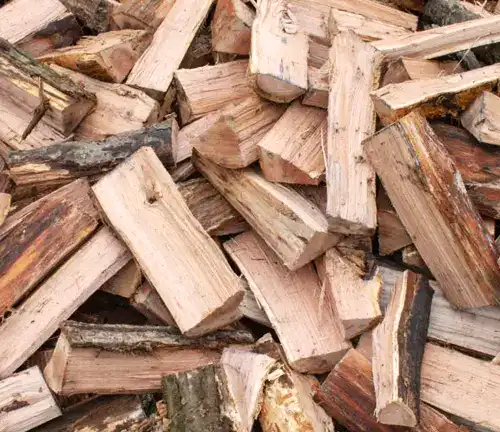
Ash
Valued for its consistent performance and user-friendly attributes, ash is a top pick for many seeking reliability in their firewood. With a commendable BTU output of around 20 million per cord, it may not match the intense heat of oak or hickory but holds its own with a steady burn that can last for 3-4 hours. Even when unseasoned, ash exhibits an innate ease of ignition, furthering its reputation as a steadfast and favored choice among firewood aficionados.
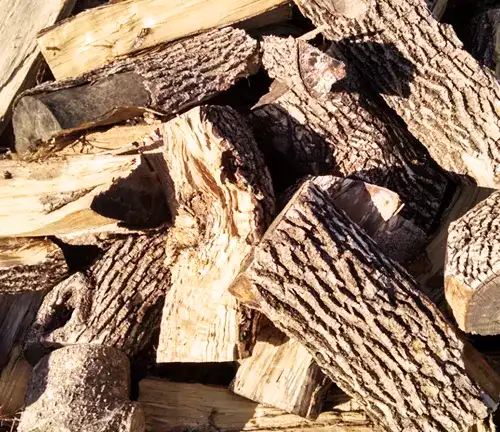
2. Softwoods: Quick Burners
Softwoods hail from coniferous trees. These trees are typically evergreen, possessing needles and producing cones. Generally, softwoods have a less dense cellular structure compared to hardwoods. This results in a quicker ignition but also means they burn at a lower temperature and for a shorter duration.
Pine
Given its quick ignition and moderate BTU output, when burned in a wood stove, a seasoned log of pine typically lasts for about 1.5-3 hours. This burn time can vary depending on factors like the exact moisture content of the wood, the efficiency of the wood stove, and how the fire is maintained. Remember, its rapid-burning nature means it might not last as long as some hardwoods, but its quick ignition can be a boon when you want to quickly raise the temperature of a room.
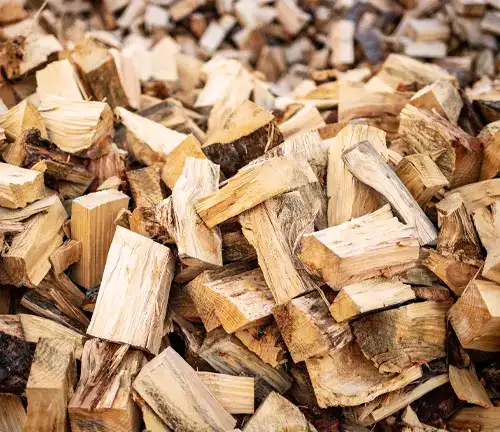
Fir
As a balanced softwood choice, fir provides a medium heat output, falling within the range of 13-15 million BTU per cord. When burned in a wood stove, a seasoned fir log can typically sustain a fire for approximately 2-4 hours. The lesser amount of pitch in fir compared to other softwoods means fewer resinous deposits, leading to a cleaner burn. Its characteristics make it a suitable option, especially when hardwoods are not available.
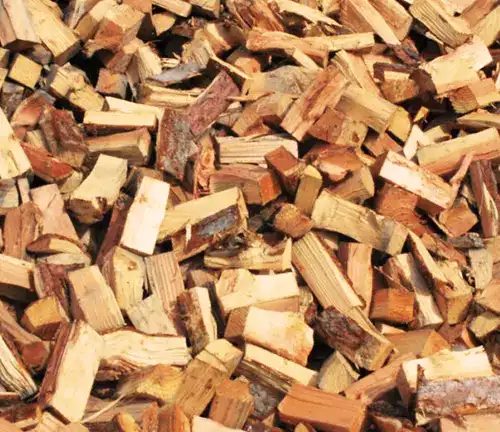
Cedar
Cedar, with its signature pleasant aroma, offers a unique and aromatic fireplace ambiance. Given its BTU range of 12-14 million per cord and its characteristic rapid combustion, when burned in a wood stove, a seasoned cedar log typically lasts for about 1.5-2.5 hours. While it’s perfect for quick fires or for getting a fire started as kindling, for prolonged heating, it’s advisable to complement cedar with longer-burning hardwoods.

3. Key Considerations for Optimal Firewood Use
Moisture Content
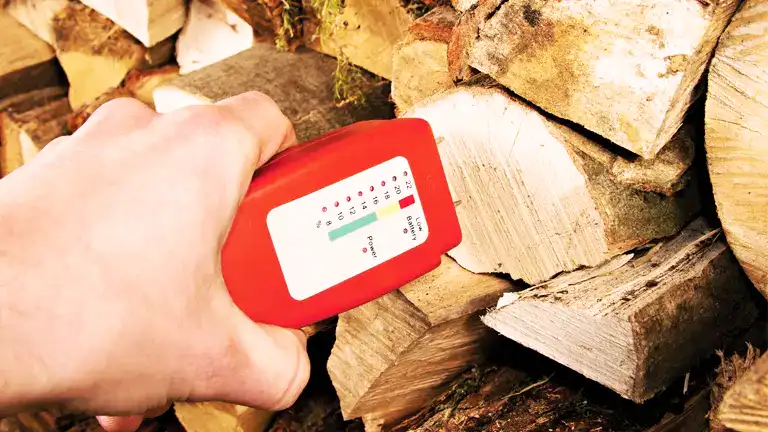
The water content in firewood plays a crucial role in determining its burning efficiency. From freshly cut logs to kiln-dried pieces, the moisture level dictates how the wood behaves in a fire.
- Freshly Cut (“Green”) Wood: When newly felled, wood typically exhibits a moisture content ranging from 40-60%, and in some instances, even higher. Burning it at this stage is far from ideal; it tends to produce excessive smoke, has an inefficient combustion process, and increases the risk of creosote buildup in chimneys.
- Seasoned Firewood: The art of seasoning involves drying the wood, typically for a period of six months to a year. This crucial process sees a substantial drop in the wood’s moisture levels, bringing it down to an optimal range of 15-20%. Firewood in this moisture bracket burns efficiently, delivers a robust heat output, and minimizes creosote production, thus ensuring a cleaner, hotter burn.
- Overly Dry or Kiln-Dried Wood: While some firewood undergoes kiln drying or extended seasoning, leading to a moisture content of less than 10%, it’s a double-edged sword. Such wood will catch fire with ease and provide intense heat, but the downside is its propensity to burn out rapidly.
Understanding and monitoring the moisture content in firewood ensures not only efficient burning but also enhances the safety and cleanliness of the combustion process.
Splitting

When it comes to firewood, size and form are more than mere aesthetics; they directly impact how the wood ignites and burns. Here’s why:
- Small, Split Pieces: Thinly split pieces of wood have a greater surface area relative to their volume. This makes them especially receptive to flames, allowing them to ignite rapidly. These quick-to-catch pieces are instrumental in initiating a fire, acting as a bridge between kindling and larger logs.
- Larger Logs: These chunky pieces play the endurance game. Their sheer volume means that once ignited, they’ll burn slowly and steadily. The heart of a roaring fire often contains one or more of these larger logs, providing sustained warmth over extended periods.
Wood Storage

How you store your firewood can directly impact the quality of the warmth it provides. Here’s a guide to ensuring your logs are primed and ready for the flames:
- Elevation: One of the first rules of wood storage is to keep it off the ground. This prevents the logs from absorbing moisture from the earth, which can hamper their burning capabilities. Using pallets or dedicated firewood racks can aid in this elevation, ensuring the wood remains dry.
- Shelter from Moisture: While wood thrives in the open air, direct exposure to rain or snow can be detrimental. A protective cover or roof over your firewood stack can shield it from these moisture sources, ensuring the wood remains dry. It’s a simple step, but one that can be the difference between a fire that roars and one that fizzles out.
- Air Circulation: While it’s vital to shield the wood from moisture, it’s equally important to ensure proper ventilation. Open sides promote air circulation, aiding the seasoning process and preventing mold growth. Wood needs to breathe, and proper airflow ensures it does just that, maintaining its integrity and burning quality.
Creosote Buildup
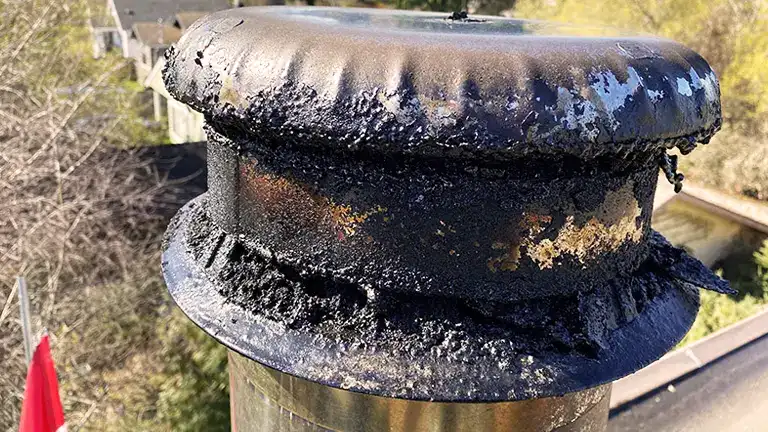
Behind the comforting warmth and glow of a wood-burning fire lies a hidden danger: creosote. This tar-like byproduct, born from the incomplete combustion of wood, can pose serious risks if not properly managed.
- Formation: Creosote primarily forms when burning unseasoned (wet) or highly resinous woods. As these woods burn inefficiently, they release more smoke, which cools and condenses on the cooler inner surface of chimneys, leading to the deposition of creosote.
- Types & Accumulation: Creosote is not a one-size-fits-all substance. It evolves through three stages, from a flaky, soot-like substance that can be brushed away, to a tar-like consistency, and finally to a hard, glossy layer adhered firmly to the chimney walls. The latter stages are especially problematic, as they are both difficult to remove and highly flammable.
- Risks: Left unchecked, accumulated creosote poses a dual threat. Not only can it significantly reduce the efficiency of a chimney (leading to poorer ventilation and increased smoke in the home), but it can also ignite, causing dangerous chimney fires.
- Prevention & Maintenance: The key to managing the threat of creosote is twofold. Firstly, ensure you’re burning well-seasoned wood, as this reduces the amount of creosote-producing smoke. Secondly, regular inspections and cleanings (usually annually or bi-annually) are essential. A professional chimney sweep can efficiently remove creosote buildup and assess the overall health of your chimney, ensuring a safer and cleaner burn.
4. Eco-friendly Alternatives
Compressed Wood Bricks
As an innovative approach to sustainable heating, compressed wood bricks are crafted from sawdust and wood chips, usually byproducts of the lumber industry. These bricks, devoid of added binders or chemicals, offer a cleaner burn compared to traditional logs. With high energy output, they provide intense heat and leave behind a minimal amount of ash, simplifying cleanup.
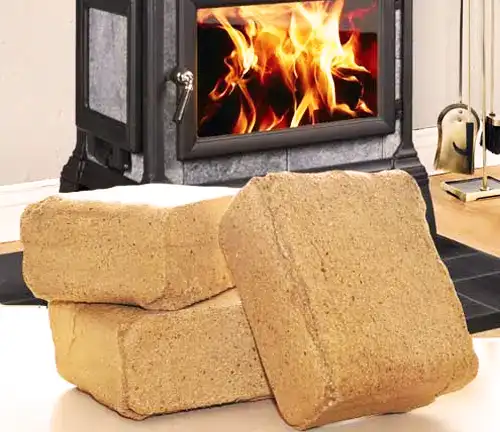
Recycled Coffee Grounds
In a unique marriage of sustainability and innovation, some producers have turned to recycled coffee grounds to create eco-friendly logs. These logs not only give a second life to the vast amounts of spent coffee grounds but also boast an impressive burn duration, often surpassing that of regular wood. They represent an exciting, green alternative in the realm of heating options.

Conclusion
Choosing the right firewood significantly affects the efficiency of your wood stove and the ambiance in your living space. Prioritize hardwoods like oak and hickory for the best heating results, and always ensure your firewood is well-seasoned. With proper selection and maintenance, you can ensure a cozy, warm winter by the hearth.
If you’re looking for the perfect firewood for your home, be sure to explore our fantastic selection right HERE!
FAQs
- Why do some firewood types “hiss” when burning?
This is usually due to the moisture content within the wood. The “hissing” sound is caused by water inside the wood turning into steam and escaping. - Can exotic woods, like bamboo or teak, be used in wood stoves?
While they can technically be burned, many exotic woods have unique burning properties and might produce unfamiliar aromas. Always research the specific wood type before burning. - I’ve heard of “firewood seasoning.” Is this like seasoning food?
Not quite! Seasoning in the context of firewood refers to the drying process to reduce moisture content, ensuring efficient and cleaner burning. - How does the color of firewood bark affect its burn?
While bark color doesn’t directly influence the burning quality, it can be an identifier of wood type. However, it’s the wood’s density and moisture content that truly dictate its burning efficiency. - Can I use driftwood from the beach in my wood stove?
It’s not recommended. Salt from driftwood can release corrosive substances when burned, which can damage your stove and flue. - Why do some woods produce a crackling sound?
The crackling sound often results from the sap and resins inside the wood getting heated. These can produce mini-explosions that lead to the familiar cozy crackle many love. - Are there any woods I should absolutely avoid burning?
Yes, woods like poison ivy, poison oak, or poison sumac release toxic substances when burned and should be avoided. - How does altitude affect wood burning?
Higher altitudes have less oxygen, which can make wood combustion less efficient. Adjustments might be needed for stoves in high-altitude areas. - Is there any “designer” firewood, similar to designer candles, for special occasions?
Indeed! Some companies produce specialty woods infused with natural aromatics for a unique sensory experience. - Can leftover ash from my wood stove be repurposed?
Absolutely! Wood ash can be used as a garden fertilizer, pest repellent, or even for cleaning purposes.
Hey there, fellow warmth-seekers! We’ve journeyed together through the ins and outs of Best Firewood for Wood Stoves 2024, and hopefully, you’re feeling a tad more enlightened. But hey, this is just the starting spark. Your experiences, tips, and stories are the real fuel to this conversation. Drop a comment below and share your go-to firewood choices, or that one time you tried a quirky wood type. The more we chat, the cozier our community gets. So come on, let’s fan these flames together!

David Murray
Forestry AuthorI'm David Murry, a forestry equipment specialist with a focus on chainsaw operation. With over 13 years of experience, I've honed my skills in operating and maintaining a wide range of machinery, from chainsaws to log splitters. My passion for the outdoors and commitment to sustainable forestry drive my work, which emphasizes safety, efficiency, and staying updated with industry advancements. Additionally, I'm dedicated to sharing my expertise and promoting environmental awareness within the forestry community.

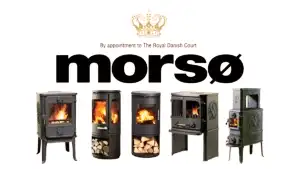



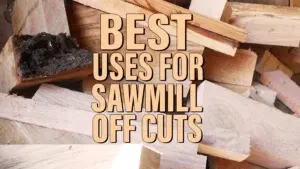







Leave your comment